Operation Testing of an Advanced Personalized Ventilation System
Abstract
:1. Introduction
- involve each occupant in creating his/her own preferred microenvironment;
- remove/reduce the air pollution and generated heat (when not needed) locally;
- make possible active control of the air distribution;
- provide clean air as well as heating and cooling as much as needed in any location and at any point in time.
2. ALTAIR PV Equipment
3. Analysis of Air Terminal Devices
4. Energy Aspects of ALTAIR PV Equipment
5. Noise Measurements
6. Discussion
7. Conclusions
8. Limitation
Author Contributions
Funding
Conflicts of Interest
References
- Directive 2010/31/EU of the European Parliament and of The Council of 19 May 2010 on the Energy Performance of Buildings. Available online: https://eur-lex.europa.eu/LexUriServ/LexUriServ.do?uri=OJ:L:2010:153:0013:0035:en:PDF (accessed on 18 March 2019).
- Ürge-Vorsatz, D.; Cabeza, L.F.; Serrano, S.; Barreneche, C.; Petrichenko, K. Heating and cooling energy trends and drivers in buildings. Renew. Sustain. Energy Review. 2015, 41, 85–98. [Google Scholar] [CrossRef]
- RECS International. Available online: http://www.recs.org/glossary/european-20-20-20-targets (accessed on 18 March 2019).
- Luterbacher, J.; Dietrich, D.; Xoplaki, E.; Grosjean, M.; Wanner, H. European seasonal and annual temperature variability, trends, and extremes since 1500. Science 2014, 303, 1499–1503. [Google Scholar] [CrossRef] [PubMed]
- Schar, C.; Vidale, P.L.; Lüthi, D.; Frei, C.; Haberli, C.; Liniger, M.A.; Appenzeller, C. The role of increasing temperature variability in European summer heatwaves. Nature 2004, 427, 332–336. [Google Scholar] [CrossRef] [PubMed]
- Isaac, M.; van Vuuren, D.P. Modeling global residential sector energy demand for heating and air conditioning in the context of climate change. Energy Policy 2009, 37, 507–521. [Google Scholar] [CrossRef]
- Levesque, A.; Pietzcker, R.C.; Baumstark, L.; De Stercke, S.; Grübler, A.; Luderer, G. How much energy will buildings consume in 2100? A global perspective within a scenario framework. Energy 2018, 148, 514–527. [Google Scholar] [CrossRef]
- Santamouris, M. Cooling the buildings – past, present and future. Energy Build. 2016, 128, 617–638. [Google Scholar] [CrossRef]
- Umberto, B.; Lakatos, Á. Thermal Bridges of Metal Fasteners for Aerogel-enhanced Blankets. Energy Build. 2019, 185, 307–315. [Google Scholar]
- Lakatos, Á. Stability investigations of the thermal insulating performance of aerogel blanket. Energy Build. 2019, 185, 103–111. [Google Scholar] [CrossRef]
- Thalfeldt, M.; Pikas, E.; Kurnitski, J.; Voll, H. Facade design principles for nearly zero energy buildings in a cold climate. Energy Build. 2013, 67, 309–321. [Google Scholar] [CrossRef]
- Kalmár, F. Interrelation between glazing and summer operative temperature in buildings. Int. Rev. Appl. Sci. Eng. 2016, 7, 53–62. [Google Scholar] [CrossRef]
- Kalmár, F. Summer operative temperatures in free running existing buildings with high glazed ratio of the facades. J. Build. Eng. 2016, 6, 236–242. [Google Scholar] [CrossRef]
- Jakubcionis, M.; Carlsson, J. Estimation of European Union residential sector space cooling potential. Energy Policy 2017, 101, 225–235. [Google Scholar] [CrossRef]
- Chan, W.R.; Nazaroff, W.W.; Price, P.N.; Sohn, M.D.; Gadgil, A.J. Analyzing a database of residential air leakage in the United States. Atmos. Environ. 2005, 39, 3445–3455. [Google Scholar] [CrossRef]
- d’Ambrosio Alfano, F.R.; Dell’Isola, M.; Ficco, G.; Tassini, F. Experimental analysis of air tightness in Mediterranean buildings using the fan pressurization method. Build. Environ. 2012, 53, 16–25. [Google Scholar] [CrossRef]
- Sinnott, D.; Dyer, M. Air-tightness field data for dwellings in Ireland. Build. Environ. 2012, 51, 269–275. [Google Scholar] [CrossRef]
- Zemitis, J.; Borodinecs, A.; Frolova, M. Measurements of moisture production caused by various sources. Energy Build. 2016, 127, 884–891. [Google Scholar] [CrossRef]
- Fanger, P.O. What is IAQ? Indoor Air 2006, 16, 328–334. [Google Scholar] [CrossRef]
- Baranova, D.; Sovetnikov, D.; Semashkina, D.; Borodinecs, A. Correlation of energy efficiency and thermal comfort depending on the ventilation strategy. Procedia Eng. 2017, 205, 503–510. [Google Scholar] [CrossRef]
- Cao, G.; Awbi, H.; Yao, R.; Fan, Y.; Sirén, K.; Kosonen, R.; Zhang, J. A review of the performance of different ventilation and airflow distribution systems in buildings. Build. Environ. 2014, 73, 171–186. [Google Scholar] [CrossRef]
- Melikov, A.K. Advanced air distribution: improving health and comfort while reducing energy use. Indoor Air 2016, 26, 112–124. [Google Scholar] [CrossRef]
- Kalmár, F. Innovative method and equipment for personalized ventilation. Indoor Air 2015, 25, 297–306. [Google Scholar] [CrossRef] [PubMed]
- Kalmár, F.; Kalmár, T. Alternative personalized ventilation. Energy Build. 2013, 65, 37–44. [Google Scholar] [CrossRef]
- Kalmár, F. An indoor environment evaluation by gender and age using an advanced personalized ventilation system. Build. Serv. Eng. Res. Technol. 2017, 38, 505–521. [Google Scholar] [CrossRef]
- Kalmár, F. Impact of elevated air velocity on subjective thermal comfort sensation under asymmetric radiation and variable airflow direction. J. Build. Phys. 2017, 42, 173–193. [Google Scholar] [CrossRef]
- Kalmár, F.; Kalmár, T. Study of human response in conditions of surface heating, asymmetric radiation and variable air jet direction. Energy Build. 2018, 179, 133–143. [Google Scholar] [CrossRef]
- Conceiçao, E.Z.E.; Lúcio, M.M.J.R.; Rosa, S.P.; Custódio, A.L.V.; Andrade, R.L.; Meira, M.J.P.A. Evaluation of comfort level in desks equipped with two personalized ventilation systems in slightly warm environments. Build. Environ. 2010, 45, 601–609. [Google Scholar] [CrossRef]
- Tham, K.W.; Pantelic, J. Performance evaluation of the coupling of a desktop personalized ventilation air terminal device and desk mounted fans. Build. Environ. 2010, 45, 1941–1950. [Google Scholar] [CrossRef]
- Melikov, A.K.; Cermak, R.; Majer, M. Personalized ventilation: evaluation of different air terminal devices. Energy Build. 2002, 34, 829–836. [Google Scholar] [CrossRef]
- Kjellberg, A. Subjective, behavioral and psychophysiological effects of noise. Scand. J. Work Environ. Health 1990, 16, 29–38. [Google Scholar] [CrossRef]
- Barclay, M.; Kang, J.; Sharples, S. Combining noise mapping and ventilation performance for non-domestic buildings in an urban area. Build. Environ. 2012, 52, 68–76. [Google Scholar] [CrossRef]
- Schako. Available online: http://audimin.schako.cz/Audimin.pdf (accessed on 18 March 2019).
- Noise Help. Available online: https://www.noisehelp.com/noise-level-chart.html (accessed on 18 March 2019).
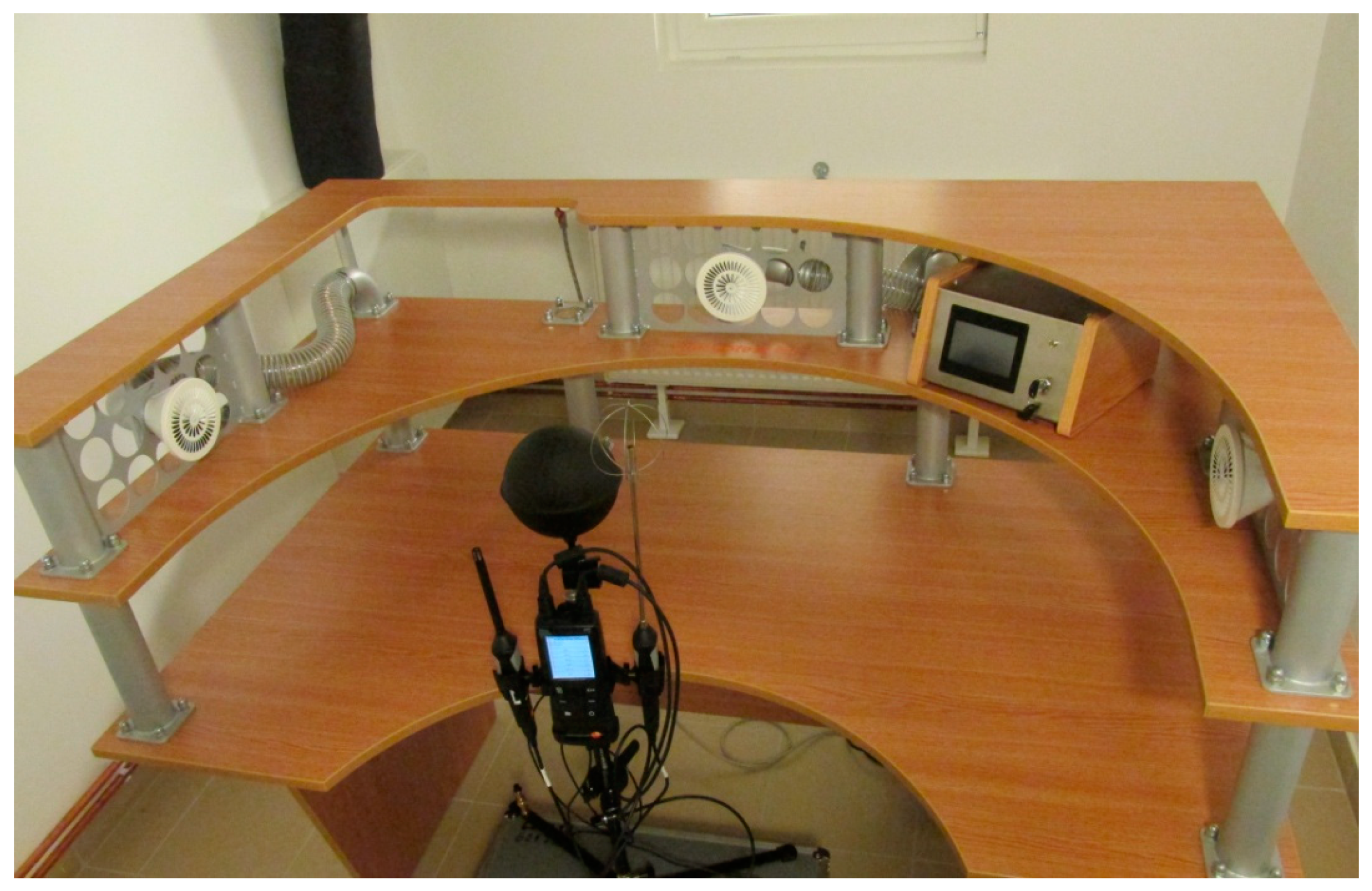


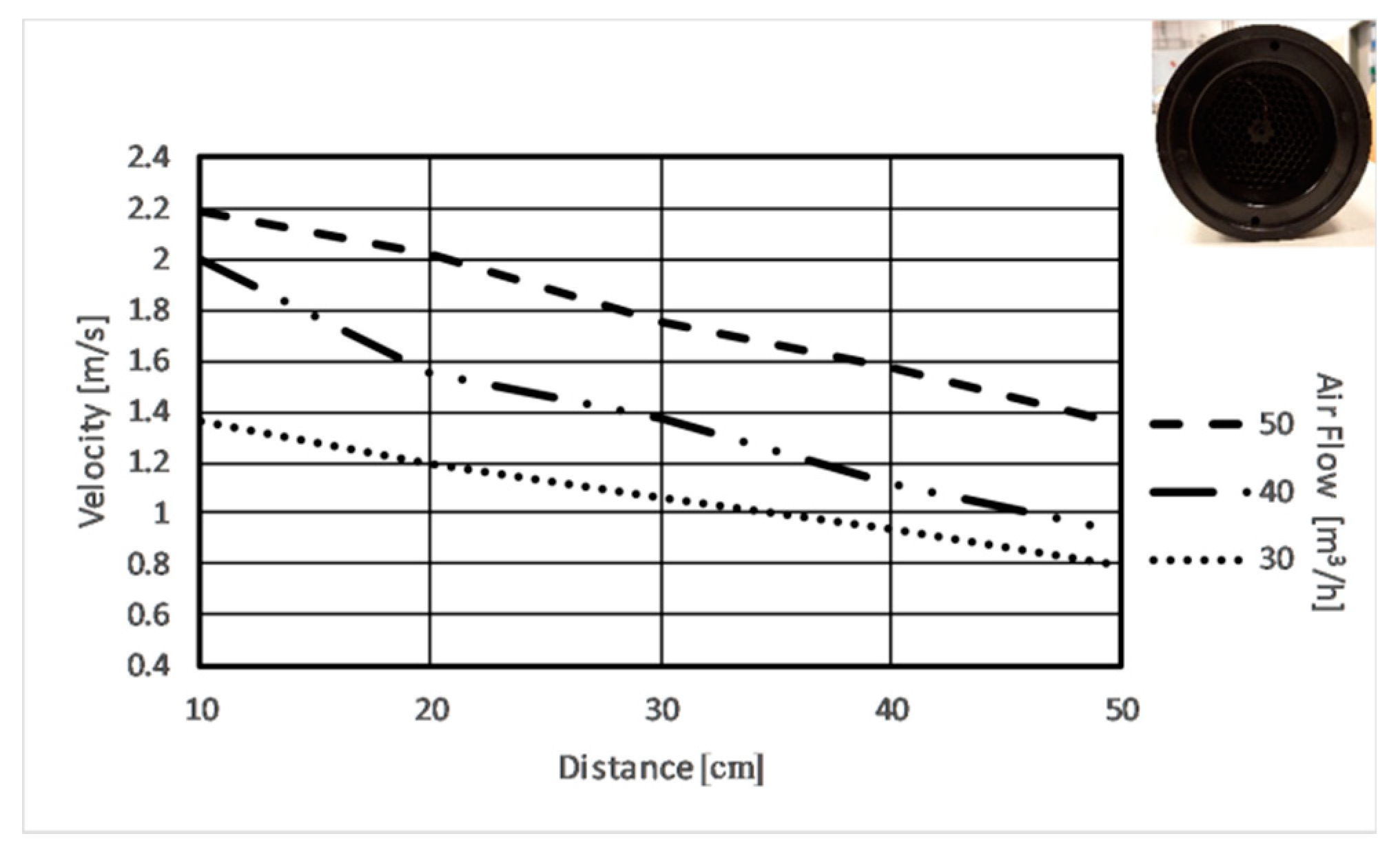
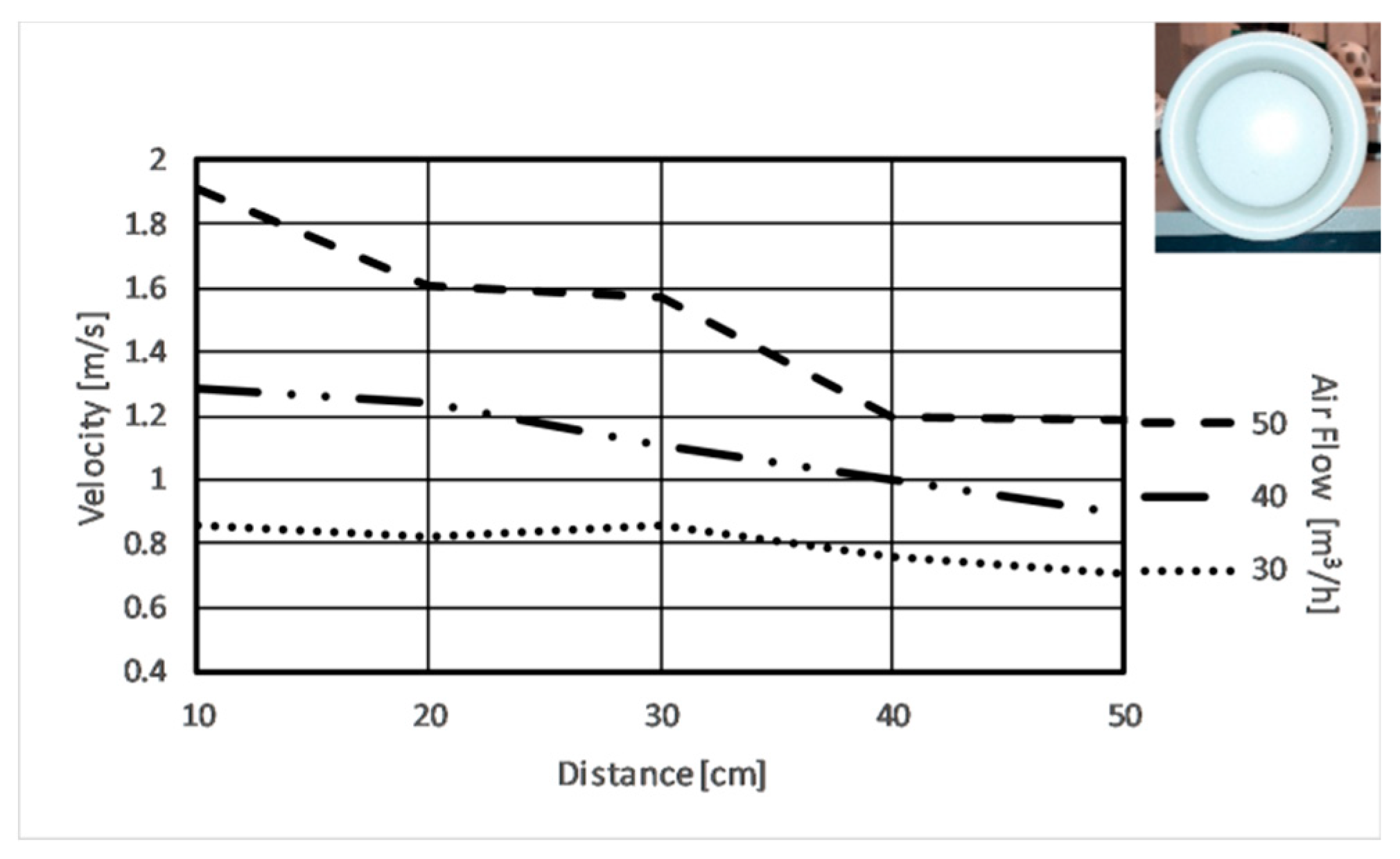
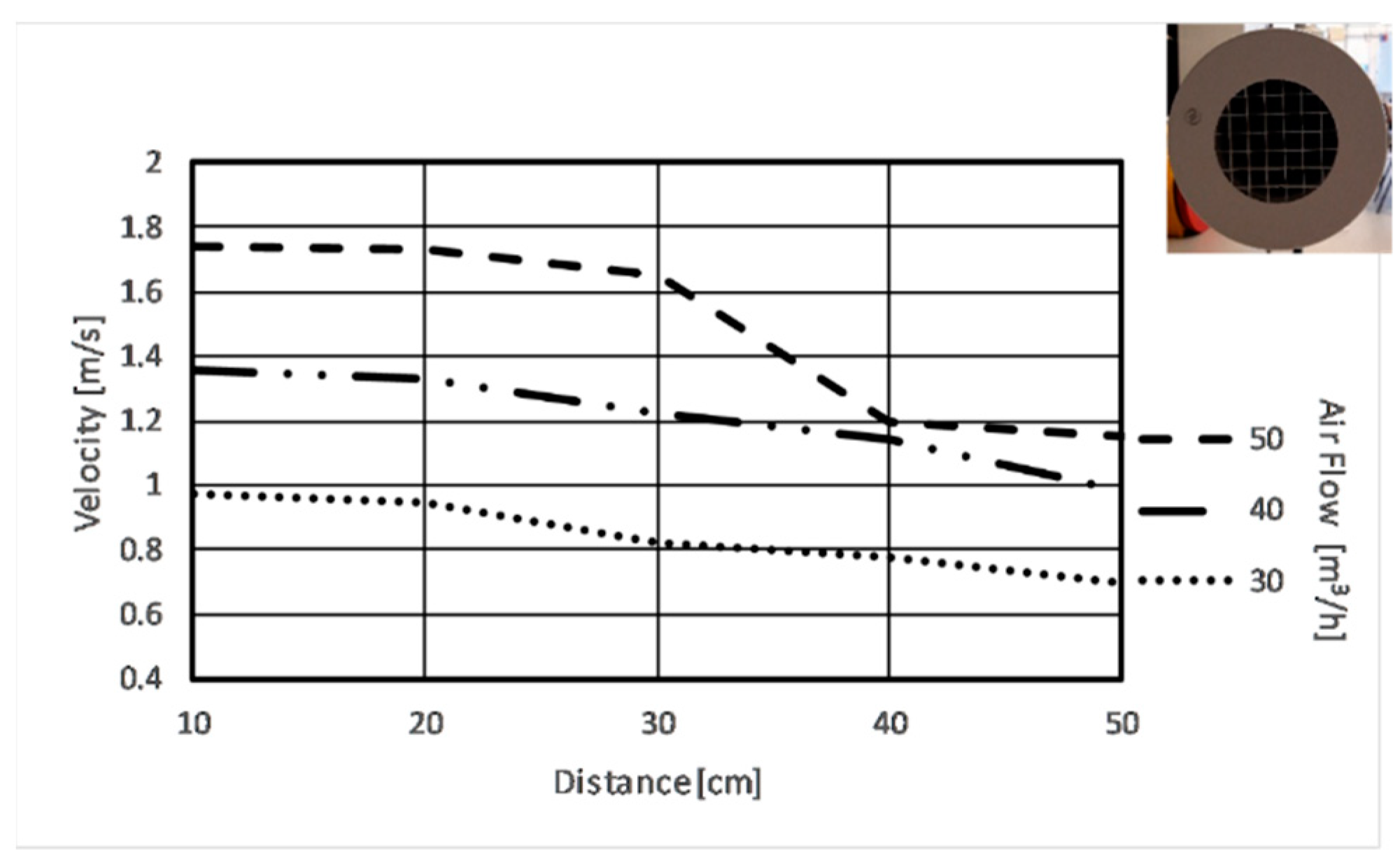
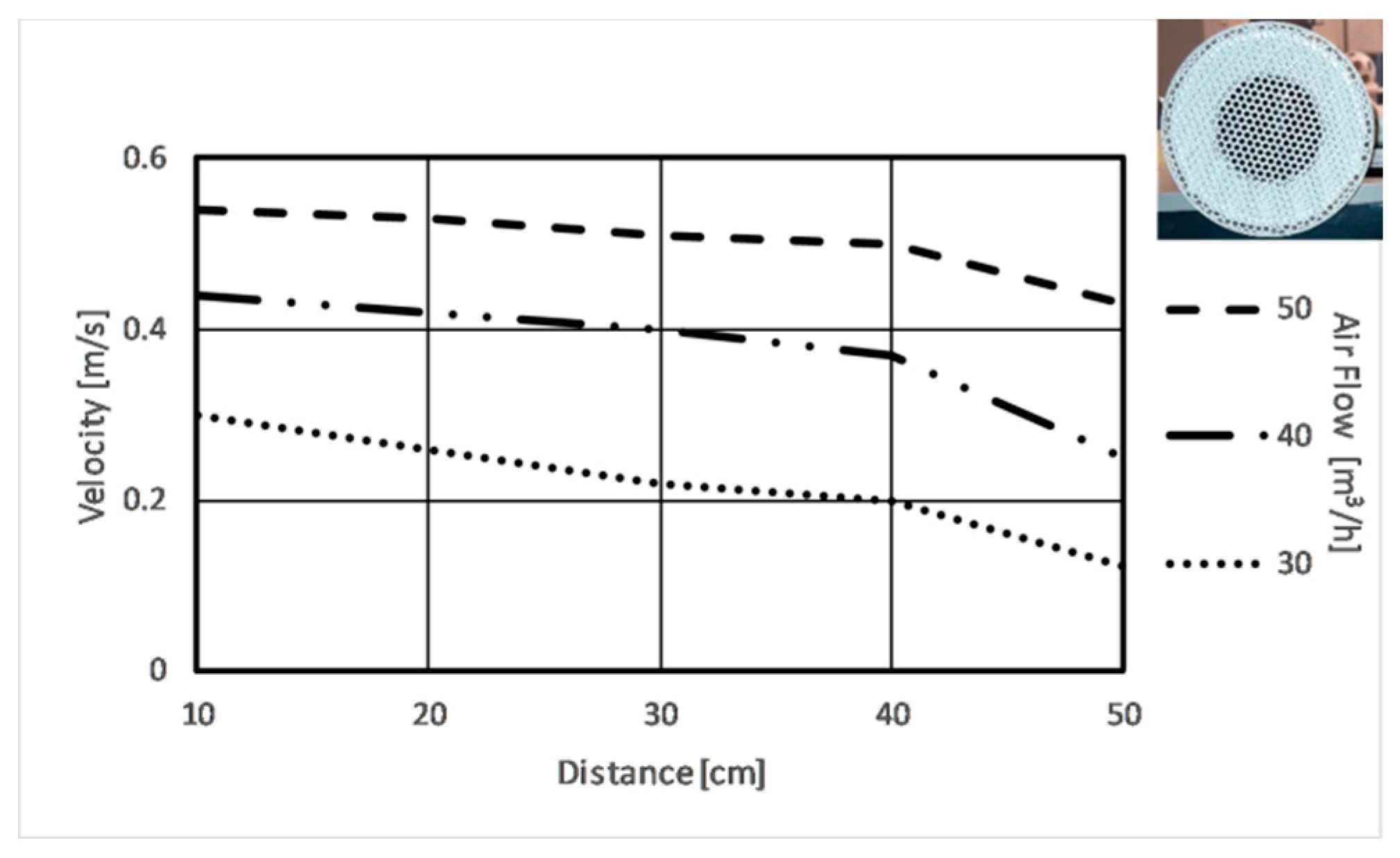
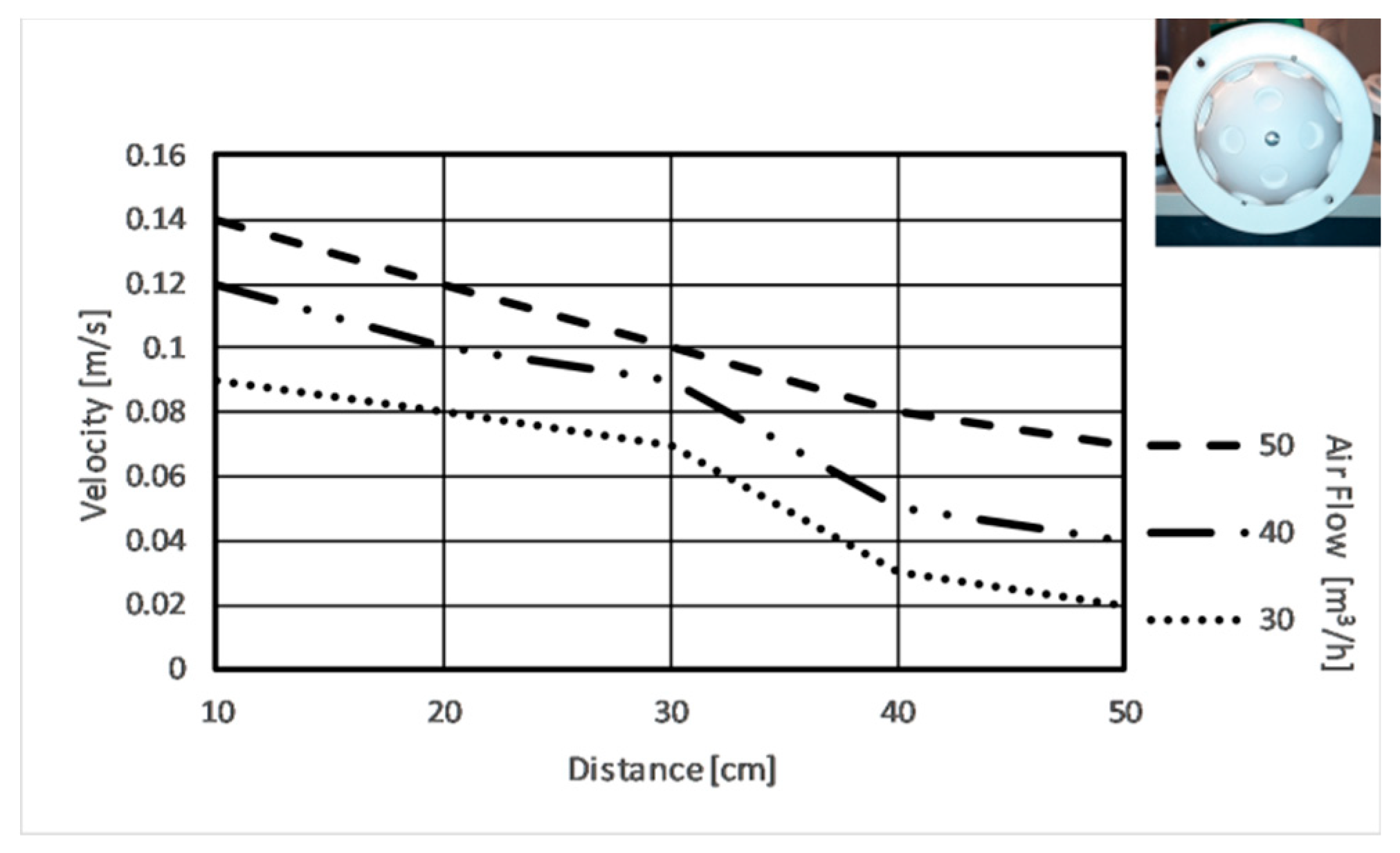
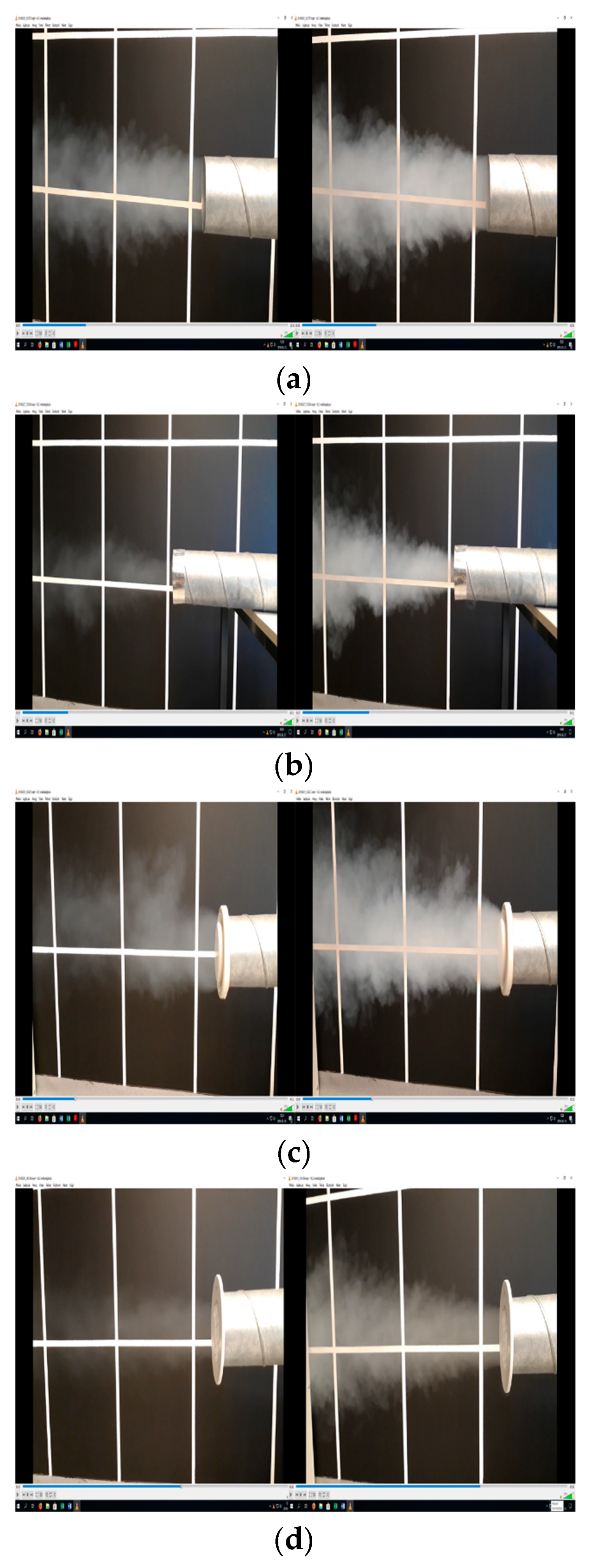
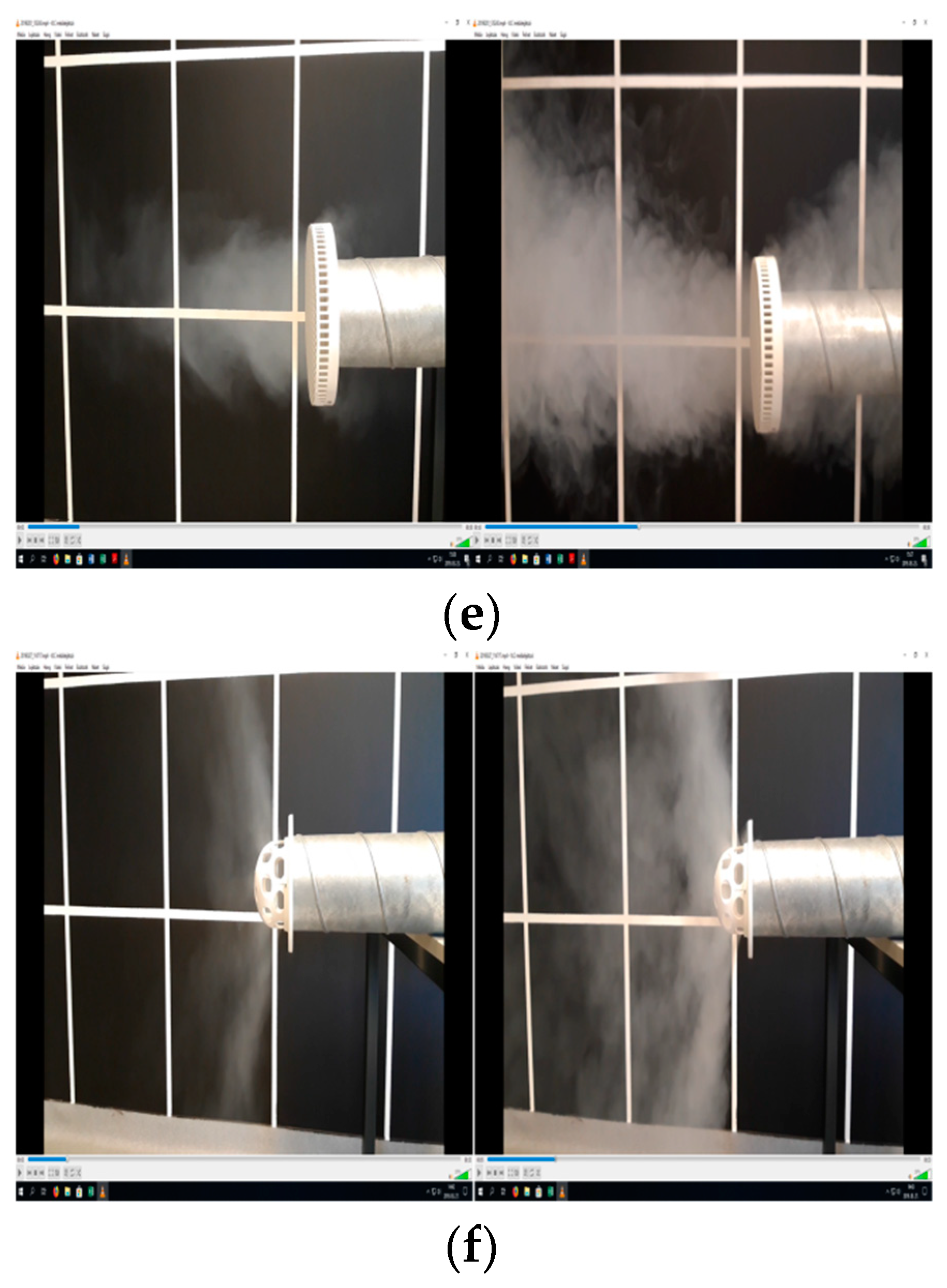
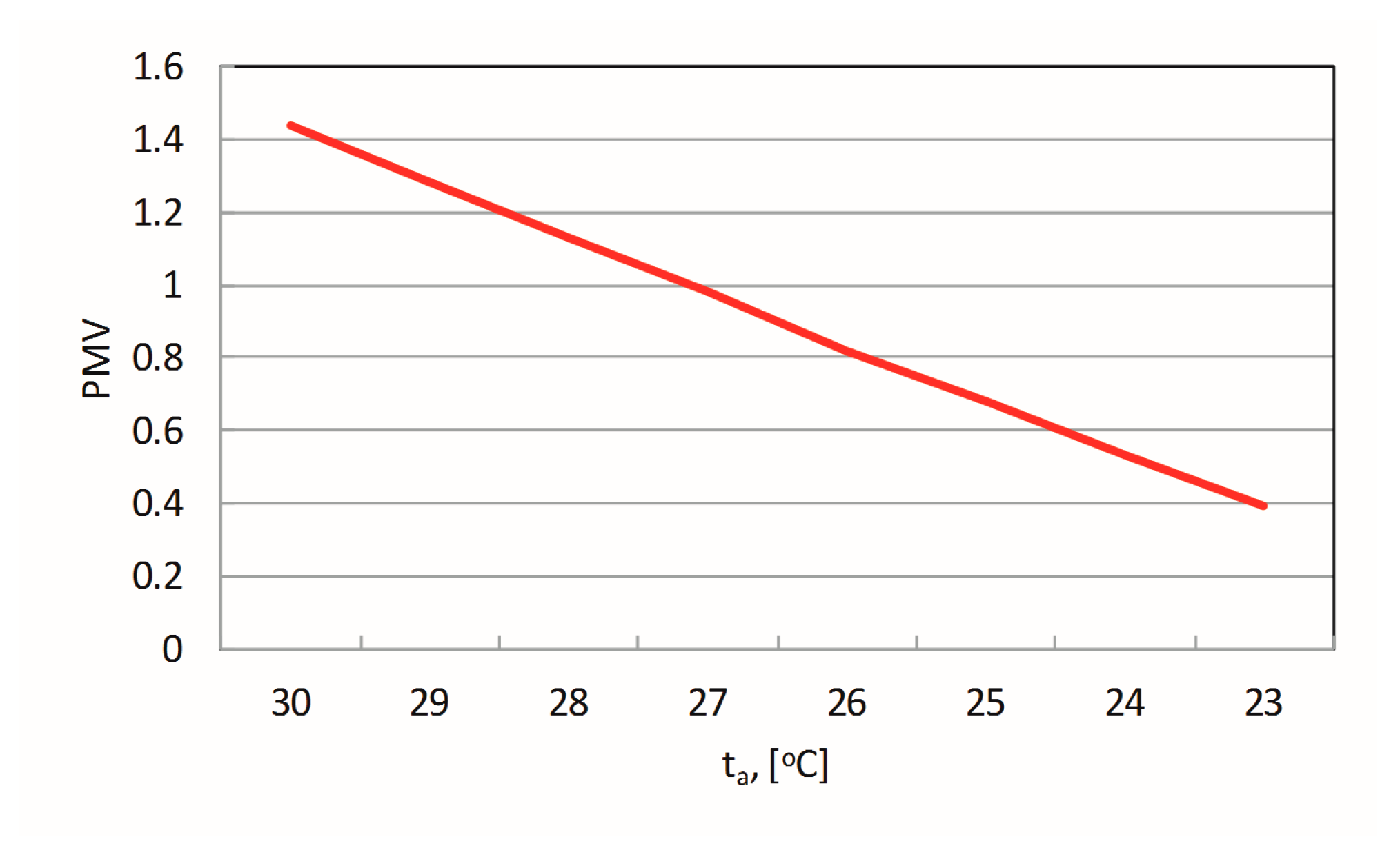
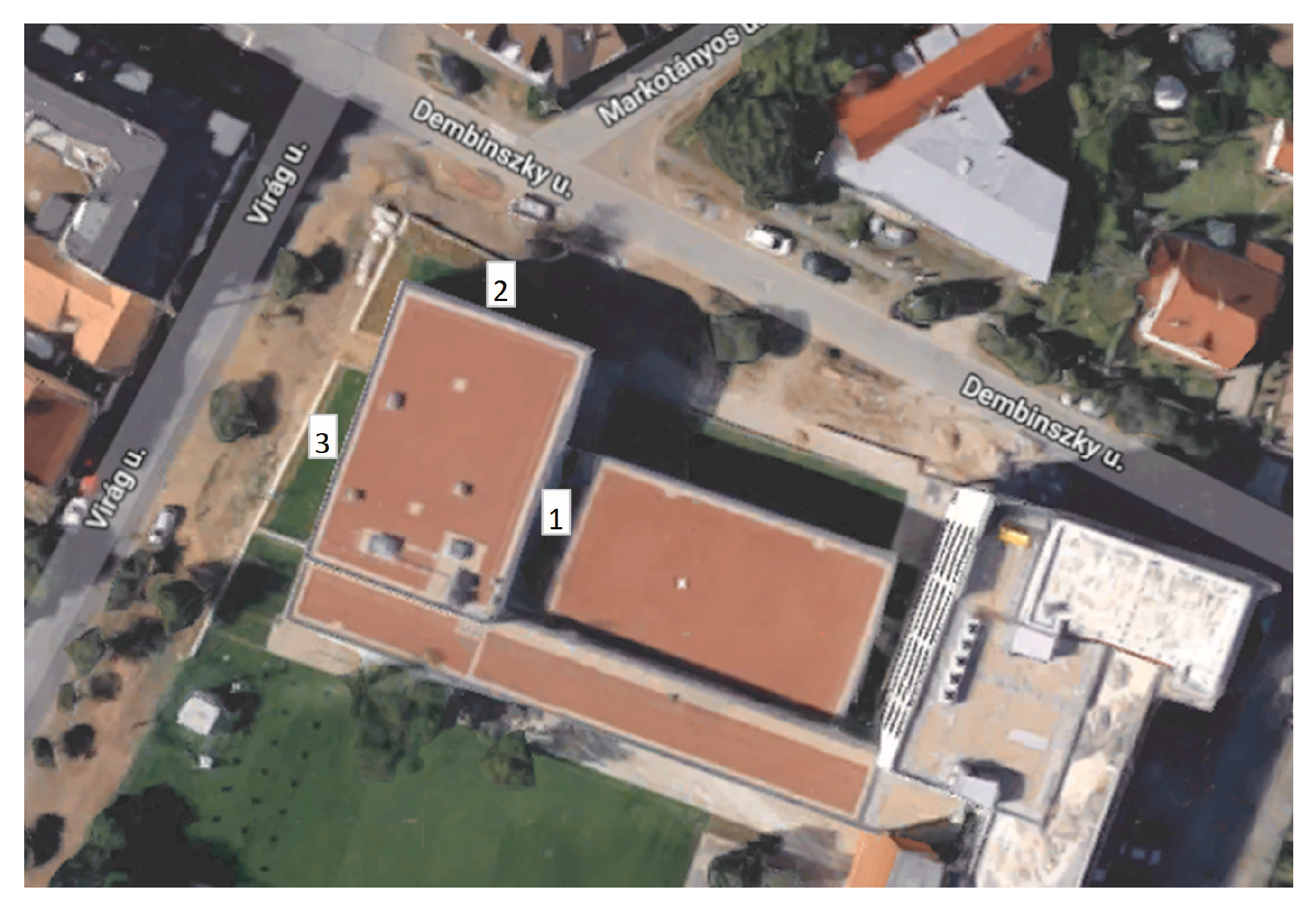
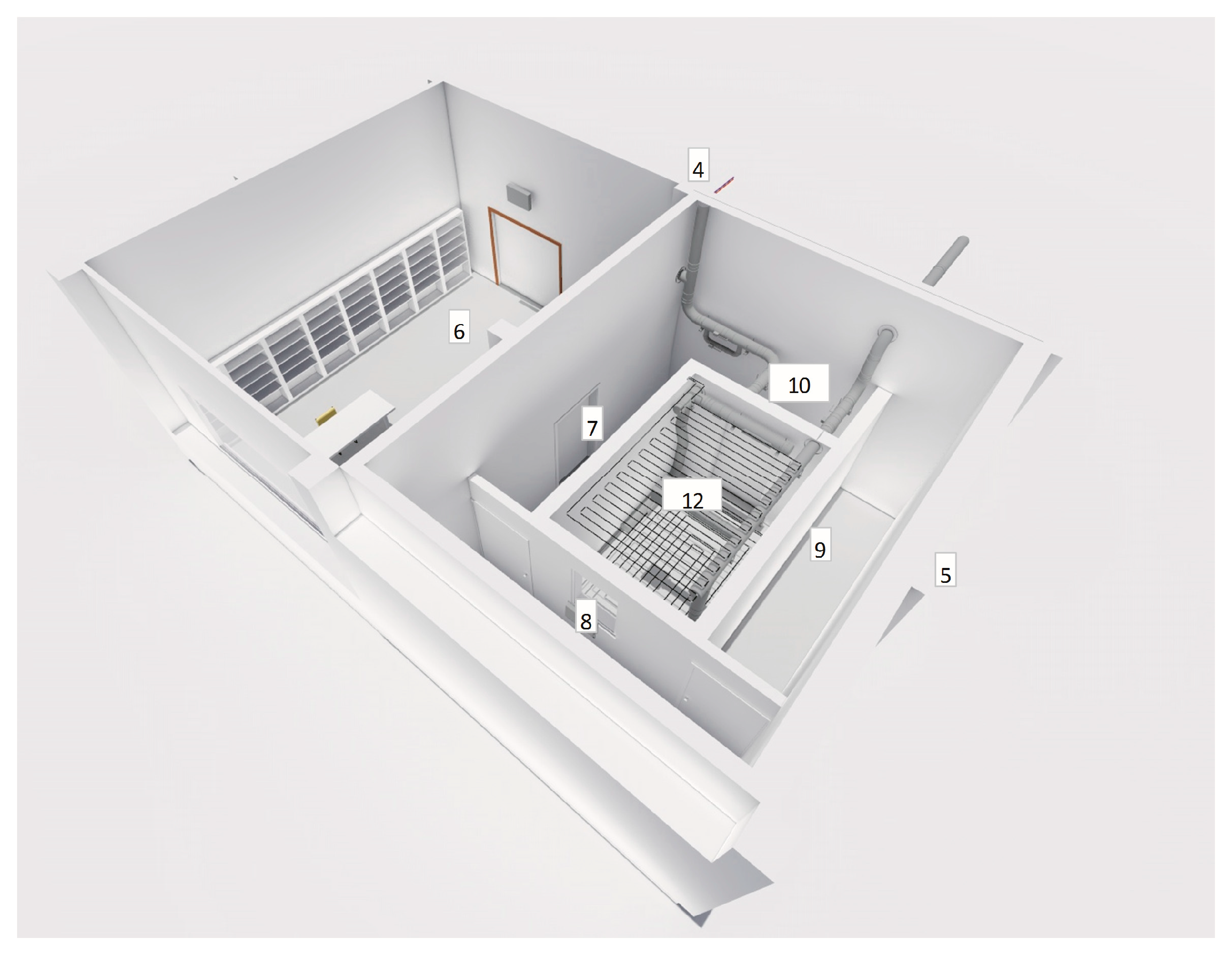

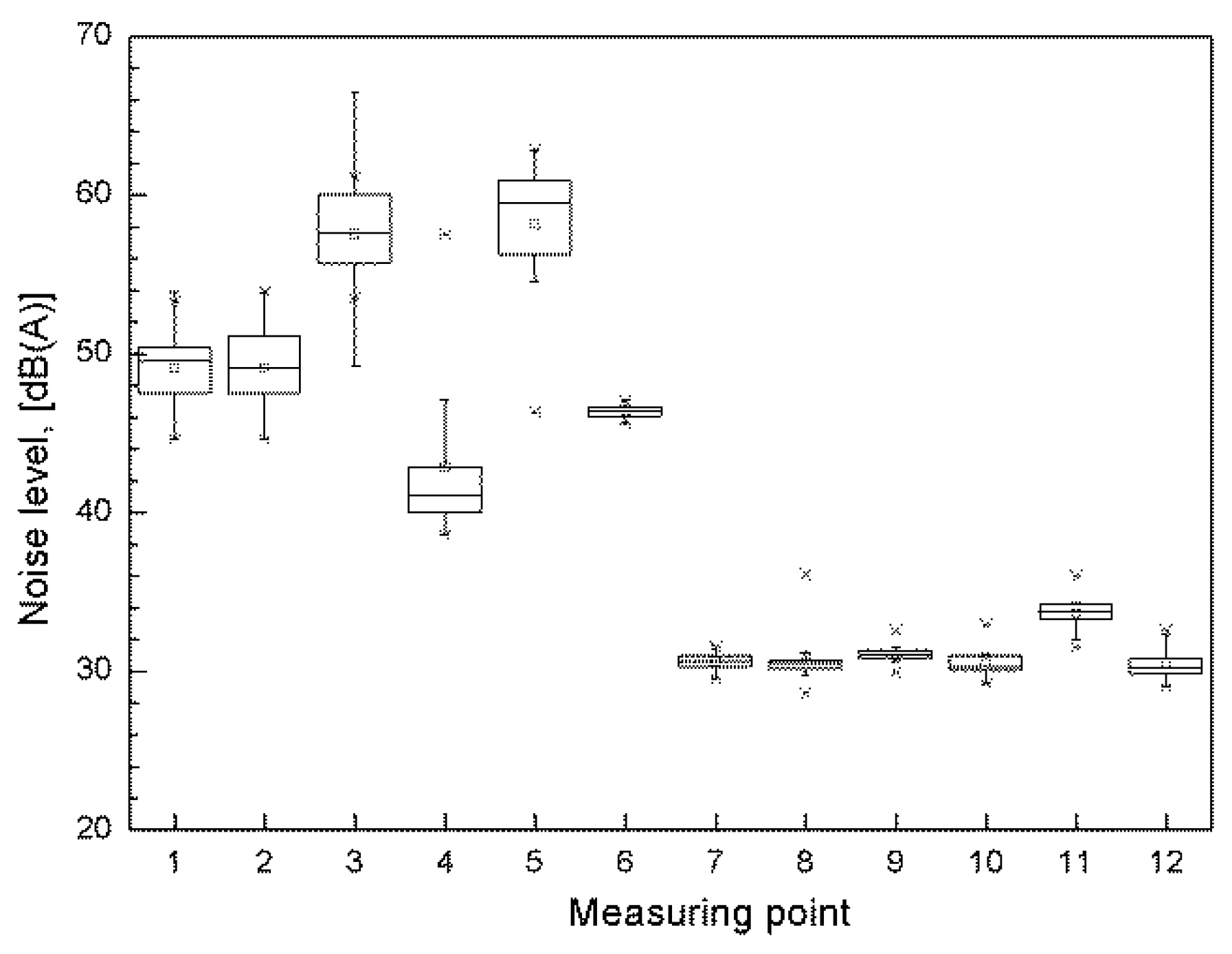
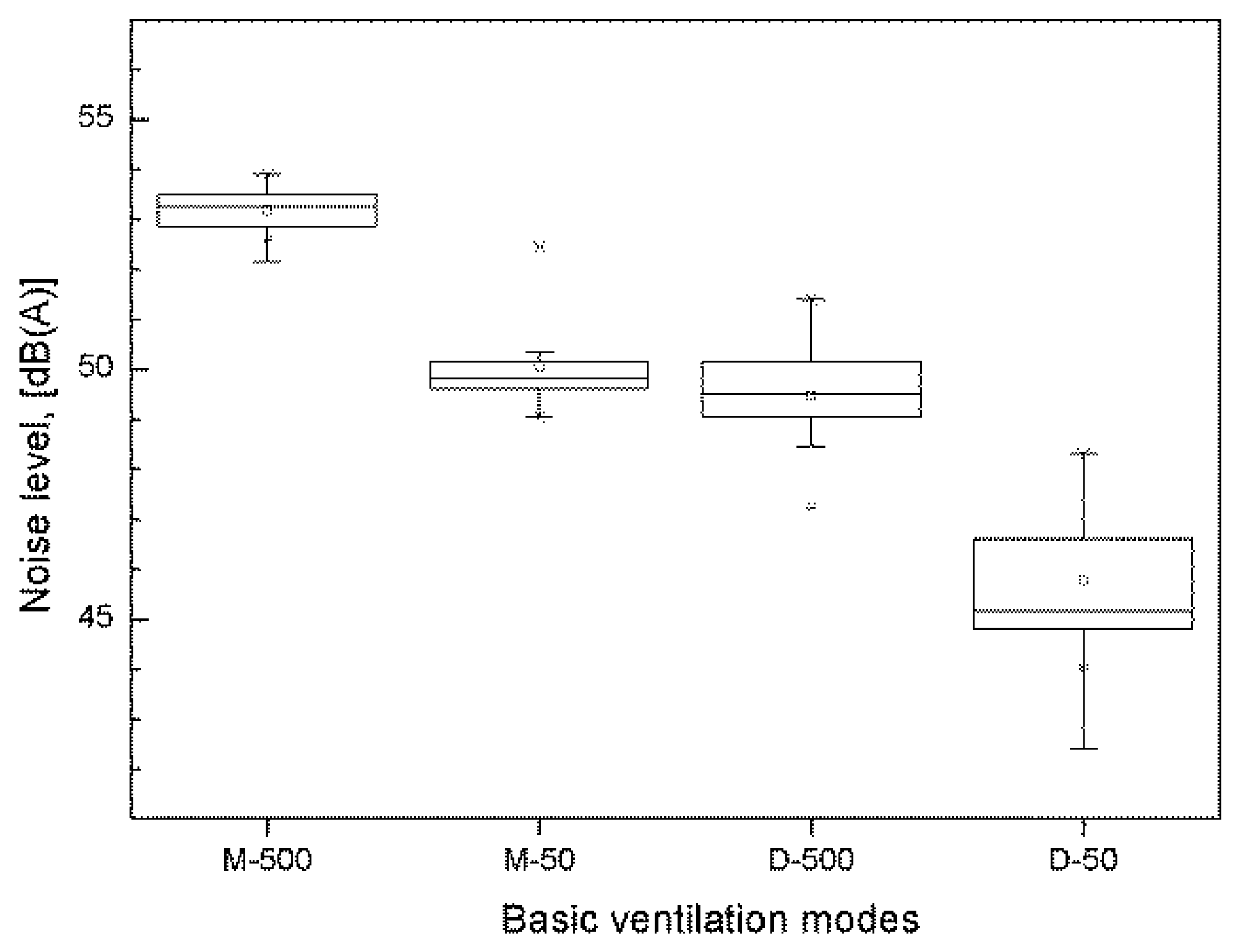

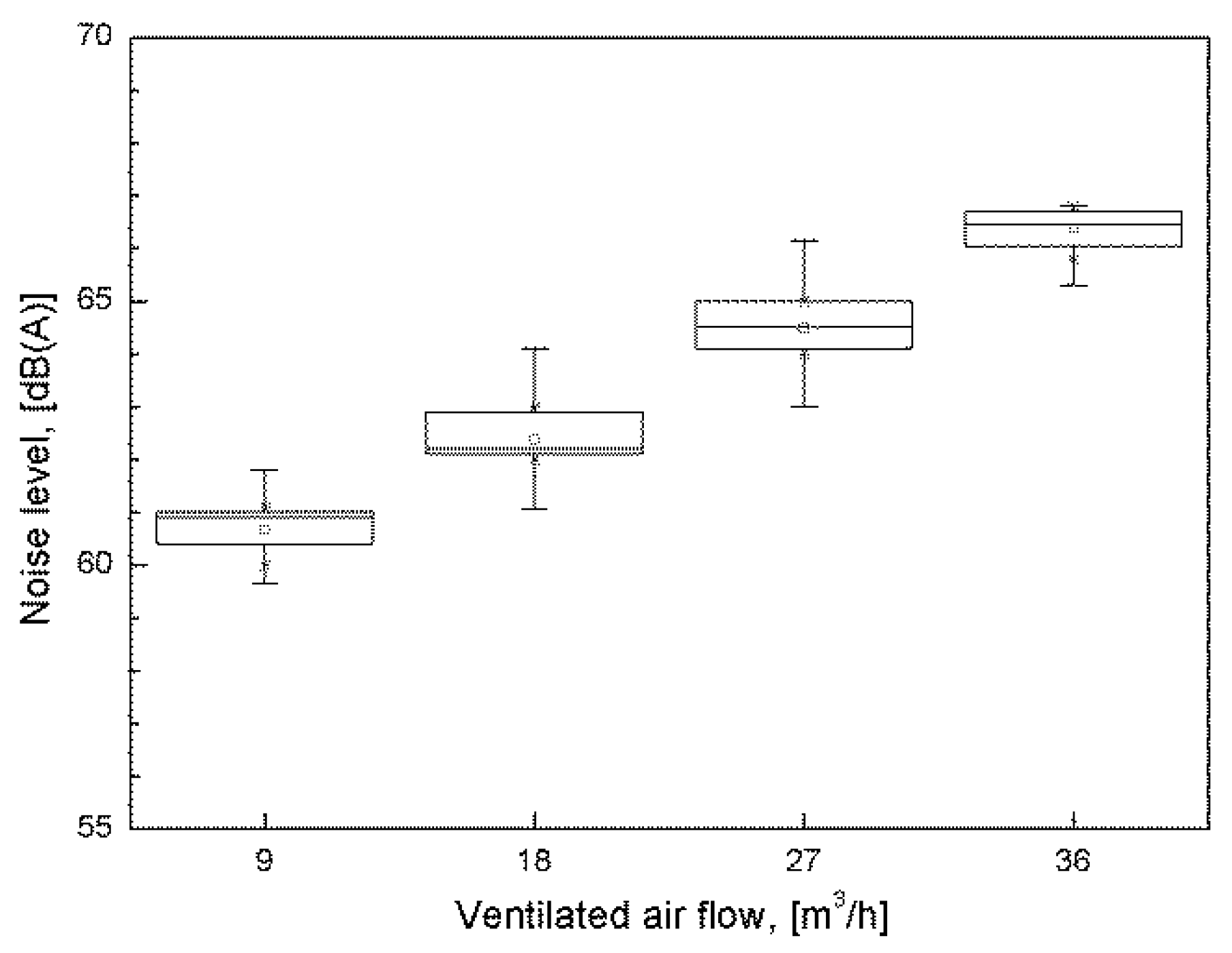
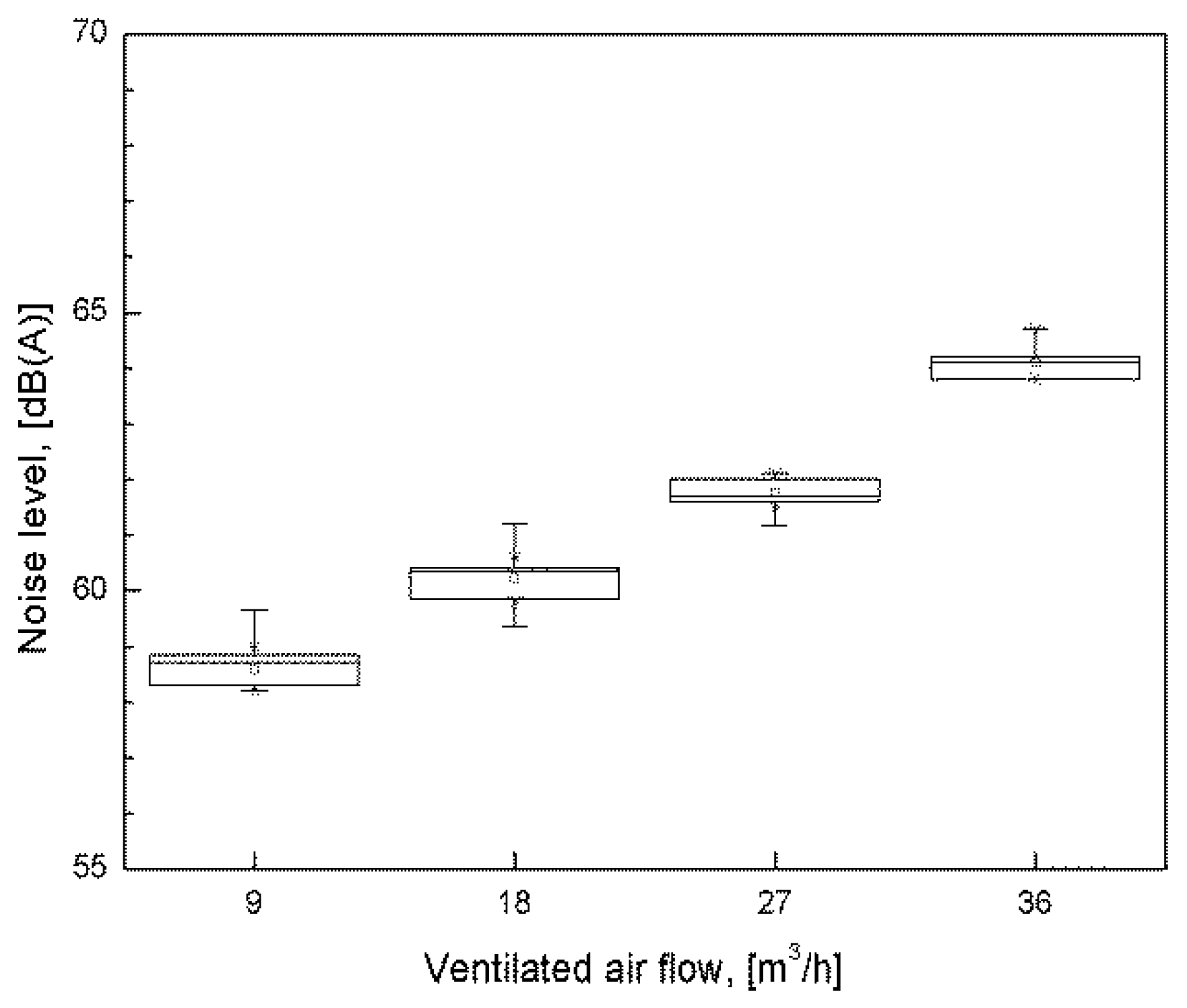
© 2019 by the authors. Licensee MDPI, Basel, Switzerland. This article is an open access article distributed under the terms and conditions of the Creative Commons Attribution (CC BY) license (http://creativecommons.org/licenses/by/4.0/).
Share and Cite
Csáky, I.; Kalmár, T.; Kalmár, F. Operation Testing of an Advanced Personalized Ventilation System. Energies 2019, 12, 1596. https://doi.org/10.3390/en12091596
Csáky I, Kalmár T, Kalmár F. Operation Testing of an Advanced Personalized Ventilation System. Energies. 2019; 12(9):1596. https://doi.org/10.3390/en12091596
Chicago/Turabian StyleCsáky, Imre, Tünde Kalmár, and Ferend Kalmár. 2019. "Operation Testing of an Advanced Personalized Ventilation System" Energies 12, no. 9: 1596. https://doi.org/10.3390/en12091596
APA StyleCsáky, I., Kalmár, T., & Kalmár, F. (2019). Operation Testing of an Advanced Personalized Ventilation System. Energies, 12(9), 1596. https://doi.org/10.3390/en12091596




